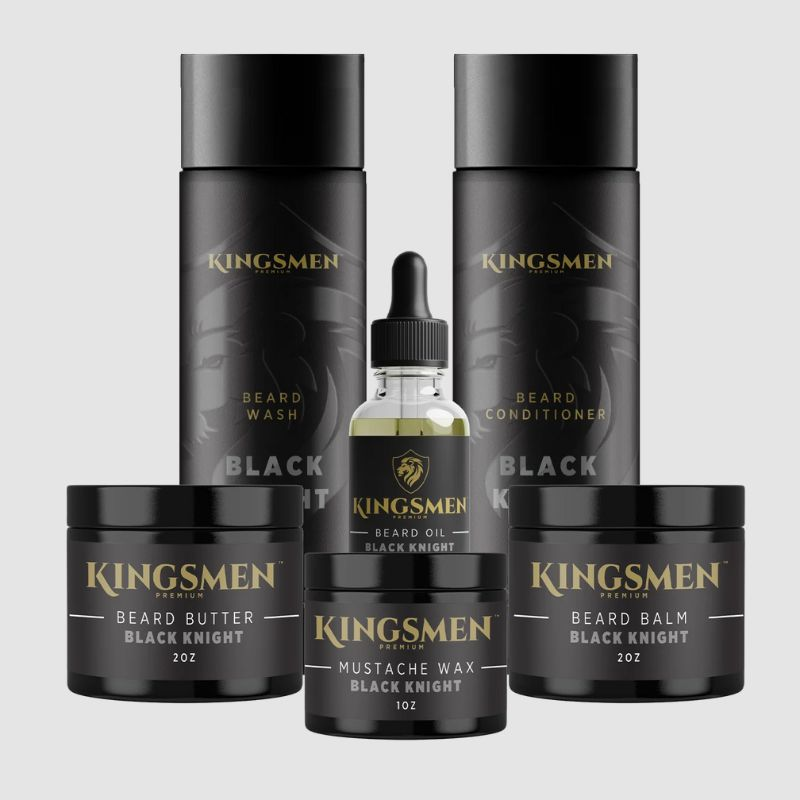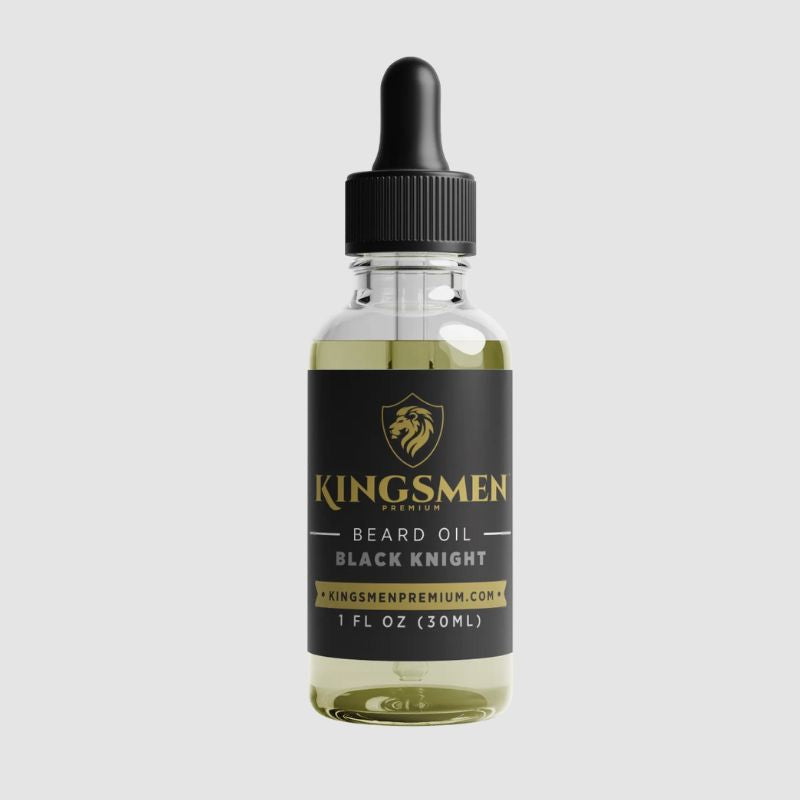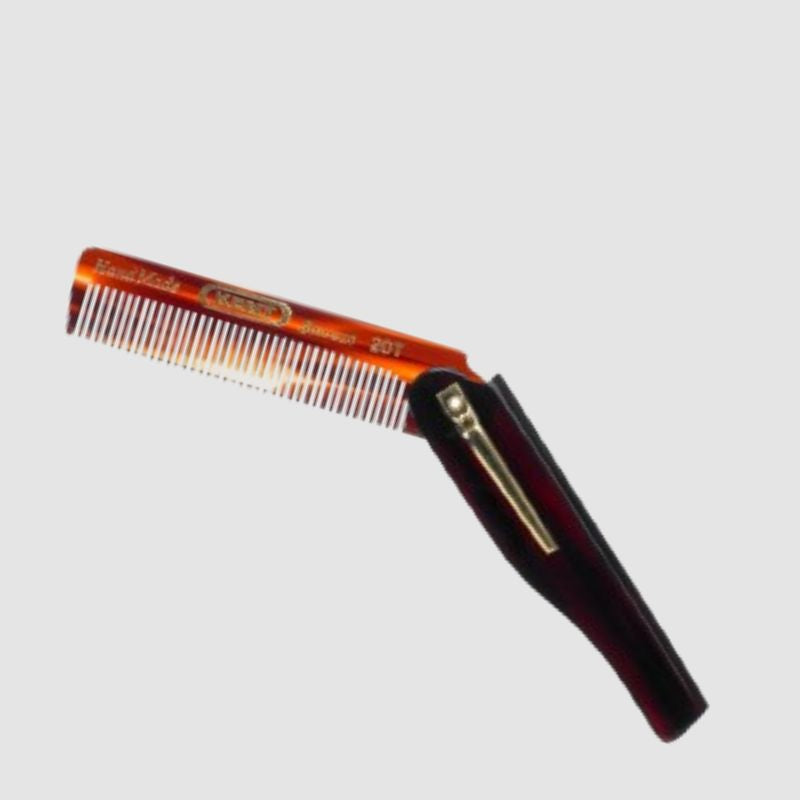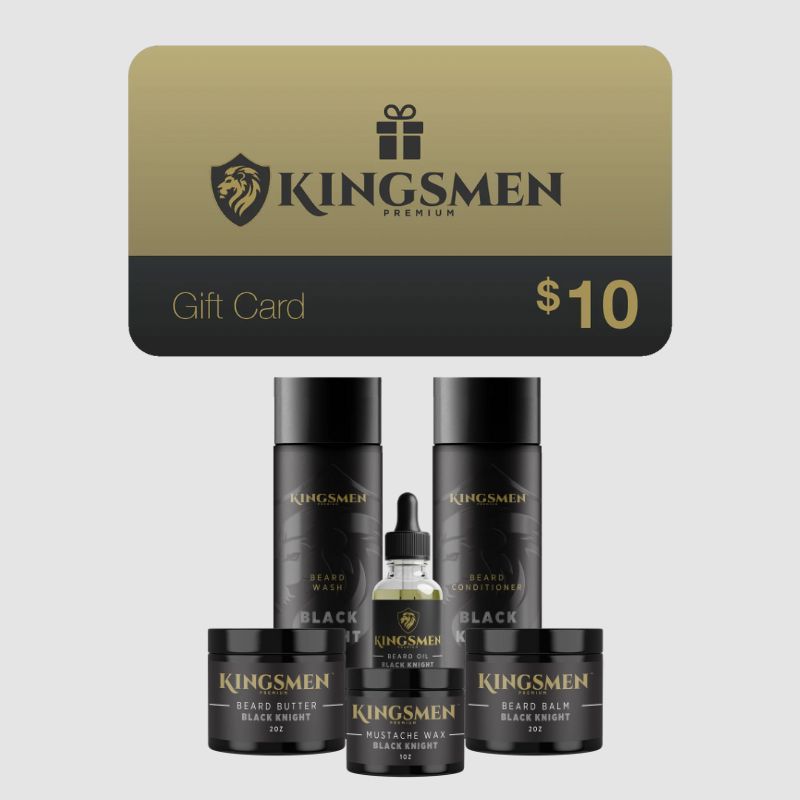The complete guide to growing a full healthy beard

Not every Kingsman can grow a thick, luscious beard easily. Many obstacles can get in the way, causing patchiness, bald spots and frustration.
This can lead to stress, which can lead to even more patchiness. It doesn't need to cause anxiety, though! There are so many fixes for a patchy beard and so many ways to promote thick, healthy growth of your facial hair.
If you’ve been wondering how to grow a beard, you’ve come to the right place. We've compiled this guide for you, the Kingsman who struggles to keep his beard looking full. We're going to go over everything you need to know about growing a beard, filling in that patchiness and rocking the magnificent mane you've always wanted.
How to Grow a Beard: The Complete Guide
Part 1: Skincare
A full and healthy beard always starts with skincare. One of the most common causes of patchiness and slowed hair growth is clogged pores and obstructed follicles. This can be caused by all kinds of things, including product build-up, dead skin cells, dirt, oil, and so much more. You want to provide the perfect, most welcoming environment for your hair to grow, which means always taking care of your skin first. Here's how we do that:
Daily cleansing
Washing your face each day will clean away any product build-up around the hair follicles, freeing them from any blockage that may be getting in the way of steady growth. A good cleanse will get rid of excess oil and dirt in your pores and follicles, as well, reducing the frequency of blemishes and breakouts, which can slow hair growth. Give your beard a clean, healthy base on which to grow, and you'll find it will grow a little easier.
Choosing a facial cleanser

Find yourself a gentle facial cleanser that works with your skin type. Avoid products with alcohol in them, as they have a tendency to dry out your skin. Even if you're an oily-skinned Kingsman, you do not want products that will dry out your skin. Believe it or not, this can cause breakouts just as much as excess oil can.
You don't have to spend hundreds of dollars on the most recognizable brand-name facial cleansers. There are plenty of affordable drugstore brands that will do the trick. Our advice is to find out what skin type you have and then do some research on which cleansers are suitable for your skin type.
Exfoliation
Exfoliating the skin on your face a couple of times per week helps to really scrub away any dead skin and stubborn product build-up that has been resisting your cleanser.
Choosing an exfoliator
Exfoliators tend to come in three forms, a granular scrub, a chemical, or a tool. You can find a two in one facial cleanser that exfoliates using a granular ingredient, but if you're prone to breakouts and blemishes, we recommend avoiding this sort of exfoliant. The tiny beads found in a cleanser can cause micro-abrasions that can become inflamed and turn into pimples. The same goes for a handheld tool. Facial brushes, exfoliating face cloths and other exfoliating tools can cause the same damage.
The only exception would be silicon tools. Chemical exfoliants sound scary, but they are, in fact, quite gentle. Far more delicate than scrubbing your face with gritty face wash or a bamboo brush. Chemical exfoliators work by gently breaking down the bond between dead skin cells and your skin, allowing them to be washed away. Retinol, AHA, BHA and enzymes are all exfoliants that are frequently found in skincare products. Your skin may react poorly to these ingredients, so we suggest doing a spot test before you start using the product regularly.

Moisture
This is the big one, the single most crucial factor when it comes to skincare: moisture. It doesn't matter if your skin usually is dry or excessively oily; it still needs moisture. If you're a Kingsman with dry skin, moisture is necessary to provide a more welcoming environment for your beard to grow.
Hair doesn't like growing on dry, flaky skin. If you've got oily skin, you have to wash more frequently, and this can strip your face of its natural oils. This can cause your body to work overtime, producing oil to replace it, leading to even more greasiness, clogged pores, breakouts and blocked follicles. The best way to prevent this from happening is to replace the natural oils you wash away during the cleansing process with a high-quality facial moisturizer.
Choosing a moisturizer
The first step in choosing a moisturizer for the skin on your face is determining what type of skin you have. Do you have dry skin? Normal or oily skin? Perhaps you have mature skin or sensitive skin? Whatever your skin type is will determine what sort of moisturizer you're going to use. You'll also want to decide whether you want something scented or if you prefer to moisturize your face with something milder or unscented.
For dry skin, look for a moisturizer that has more powerful hydrating ingredients like hyaluronic acid. If you've got oily skin, you can opt for a gel-based moisturizer or something oil-free. Sensitive skin may demand a hypoallergenic moisturizer, and if you've got mature skin, creams with anti-ageing properties might be your choice.
Be forewarned that changing the products you use on your face can cause breakouts and blemishes in the first week of use - this does not mean it's the wrong choice for your skin. This is just your skin adapting. If you want to know if a moisturizer is a good choice for you, give it at least 30 days before deciding you don't like it.
Sunscreen

A crucial step in your skincare is sunscreen. You already know that prolonged and frequent exposure to the sun can lead to skin cancer. Most of us already pack sunscreen when we're headed to the beach or out on a boat. What you may not have thought about, though, is the fact that your skin is exposed to the sun's light every day, even if you work inside. You may not get burned, but your skin is still absorbing UVA and UVB rays, leading to dry skin, premature ageing, and skin cancer.
Daily use of sunscreen will not only prolong the youthfulness of your skin and prevent skin cancer, but it will also prevent your skin from drying out, leaving your beard in an environment not suitable for steady and healthy growth. The good news is that you can find moisturizers with sunscreen built-in, so you don't have to add another product and another step to your morning routine.
Part 2: Nutrition
As is the case with just about anything we want to improve in life, diet plays a significant factor. If you've got an on-the-go lifestyle that sees you eating lunch from the drive-through every day, you may not be giving your beard the nutrition it needs for full and healthy growth. Making healthier choices about your diet is going to have a profound effect on your whiskers.
Foods to avoid
Refined sugar
In a roundabout way, foods high in refined sugar cause an increase in a male hormone that can shrink your hair follicles and slow the growth of your hair. This can happen in patches, causing a spotty beard.
Bad Carbs

We're talking about pastries and donuts, french fries, pasta, cakes and excessive amounts of white rice. When these foods break down, they turn to sugar fast, causing the same issues for your hair that sugar does.
Seafood with Mercury
While seafood doesn't often contain enough mercury to make you really sick, you can jeopardize your hair if you eat enough high-mercury seafood. Fish like mackerel and swordfish are often the culprits here and can actually cause hair loss.
Alcohol

Alcohol is very dehydrating and can cause your beard to dry out and become brittle. It breaks down into sugar, so you can experience the same damage to your hair that excessive sugar causes. You'll also find alcohol attacks and depletes your zinc levels, which your beard needs.
Too Much Vitamin A
Vitamin A can be great to bring shine to your beard and protect against it drying out. However, in doses that are too high, it can lead to hair loss. Regulate your intake of Vitamin A for healthy, shiny hair.
Salt
Salt is very dehydrating, especially in high doses. A high salt diet can keep your beard dull and dry. Cutting down on your salt intake can make your whiskers very happy!
Aspartame
Aspartame is in more foods than you might realize. This artificial sweetener can cause toxins that attack hair follicles. While much about how and why is still unknown, be nice to your beard, Kingsman, and avoid this ingredient.
Greasy Food

That greasy bacon double-cheeseburger may taste great at the moment, but the grease sticks around. If you make a habit of eating this way, you're going to be a greasy dude with a greasy beard and clogged follicles. So, forget the drive-through, for your mane's sake!
Foods to include
Fish with no mercury
Salmon and tuna are great for your beard and have low mercury levels. Plus, they taste great!
Oats
Oats are packed with fatty acids that promote beard growth! Your hair loves this stuff, so go grab some oatmeal, Kingsmen!
Spinach
Turns out, spinach is good for everything. Yeah, even your whiskers, Kingsman! It's packed with iron, and that beautiful beard of yours loves that stuff. Get some green stuff in you!
Eggs

There are many good things packed inside just one egg, from almost all the vitamins to fatty acids and carotenoids. Incorporating eggs into your diet is fantastic for your body, your skin, the hair on your head and, of course, those lovely locks on your chin. Kingsmen, get cracking!
Yogurt
The creamy tang of yogurt makes it a great addition to any meal, but it's also great for your hair. It's loaded with the B vitamins your facial hair loves. Keep your beard happy easily by eating loads of this good stuff.
Almonds
Your whiskers love Vitamin E. Almonds are packed with it. Almonds are also delicious. It's a win-win!
Lentils
Lentils are bursting with folic acid, a nutrient with well-known benefits for your hair and skin. These are also some of the most affordable little bites on the planet, and with the right recipe, they can become something delicious.
Avocados

All-natural and luxuriously creamy avocados are also packed with biotin. Biotin is going to help your beard grow, fellas. Always make sure to order the extra guac!
Pumpkin
Before you carve a scary face into this orange gourd, why not eat it instead? Pumpkin has loads of beta-carotene, which can provide conditioning from within for your facial hair, leaving your beard hydrated, soft and looking fantastic.
Chickpeas
Folate is the critical nutrient in chickpeas that your beard wants. Incorporate some hummus into your life (flavor tip: add hot sauce!), and you're going to have a happy beard.
That's a lot to think about when you're shopping, but the pattern is pretty easy to recall: stick to whole, unprocessed foods as much as possible, and your beard will love you. When you eat like a king, you're going to look like a king.
Part 3: Cleansing

We've already discussed how important it is to wash your skin daily. Just as necessary is washing your beard regularly. However, your beard doesn't need to be cleaned daily outside of a few exceptions, unlike your skin. These include working at a job that leaves your beard full of dirt and debris and hobbies or activities that do the same.
If you find your lifestyle leaves your beard filthy, you may want to wash it daily, but for the average Kingsman, 2 to 3 times per week is enough. Any more than that, and you run the risk of drying it out and forcing the overproduction of oils and sebum on your face.
Beard wash
The number one mistake men make with their beards is using regular shampoo, shower gel or bar soap to wash those whiskers. The problem is that all those forms of soap are designed for less delicate areas of the body. Shampoo, for instance, is developed for the scalp, which is thicker and produces more oil than the skin found on your face.
As such, you'll find harsh detergents in there that work perfectly for cleaning your hair but may cause your face and whiskers to dry out. It's imperative to choose a product developed specifically for beards. That's what beard wash is. It's gentle enough for your face but strong enough to help you strip out the build-up of product, oil and dirt.
Water temp

We all know how relaxing a piping hot shower can be, but hot water can wreak havoc on your beard and face. Cold water can also be a shock, forcing your pores and follicles closed while you wash. This means all that oil, product and dirt built-up stays in there, and you haven't succeeded in cleaning much.
When you wash your beard and your face, use lukewarm water instead. It's the perfect temperature for accessing those pores while not forcing more of your natural oils out with excessive heat.
Part 4: Hydration
Just like we have to hydrate the skin on our face, we also have to ensure we're doing the same with our whiskers. Dry, brittle beards rarely grow evenly on flaky, dehydrated skin. You need a good, moist environment for your beard to grow regularly. We recommend a two-front assault: give your beard the hydration it needs from within and without.

Drinking-Water
Ensuring you're consuming enough water on a day-to-day basis comes with a lot of benefits, not the least of which is the health of your glorious mane. Keeping hydrated on the inside is going to be reflected on the outside. Much like a plant will stop growing without enough water, so will your beard. Water also improves your circulation, which means your skin and hair follicles benefit. More efficient blood flow allows for more oxygen to reach your face. A Kingsman wants to drink at least 8 glasses of water a day for healthy and sustained beard growth.
Conditioner
When we wash our beard, we strip each hair of some of its natural oils, which are imperative for healthy beard growth. That means we have to replace it. Luckily we live in a day and age when this process is made easy by innovative new products designed just for your beard. Beard conditioner was developed to achieve just that, restoring the moisture your beard needs directly after a wash.
Always follow up a beard wash with a beard conditioner. Apply it to damp hair, leave it in for a few minutes, and rinse it out thoroughly. If you've never tried beard conditioner, you'll be amazed at the instant difference in your hair after just one use. Beard conditioner leaves your follicles with the nourishment they need to keep producing hair evenly and regularly.
Deep conditioning treatments
Sometimes, a Kingsman can find himself in a situation that dries a beard out beyond all recognition. Maybe you're working with drywall, and all that dust is catching in your whiskers, absorbing every last ounce of moisture in it. Perhaps you've been out in the sun for a week with no shade, or maybe you've just been camping and haven't had access to everything you need for your daily beard routine.
Whatever the reason is, if your beard becomes overly dry, you can always perform a deep-conditioning treatment using a little beard butter. Before you hit the sack, spritz your beard down with some water, and apply some beard oil. Give it about five minutes to absorb, and then apply beard butter to your entire beard and mustache.
Your beard will experience deep conditioning overnight. This can even be a daily routine if you find yourself in beard-drying circumstances often. As we have already discussed throughout this guide, moisture is the key to providing an environment that can sustain normal healthy beard growth.
Daily moisturizing treatments
There are no exceptions here: beard oil should be used daily. How you make use of your beard oil can make a massive difference in the benefits you reap from it. Beard oil should always be applied to a damp beard. If you're fresh out of the shower, towel-dry your beard and use the oil then.
If you're not just out of the shower, spray your beard with a mist of water and then apply your beard oil of choice. Work it in from the roots to the tips, ensuring you reach the skin. Always wait five to ten minutes after applying your beard oil before using any styling products like beard butter or beard balm. This will enable your beard oil to absorb fully and won't cause your beard butter or beard balm to slip as you apply it. If you find your beard still has a greasy slip to it after waiting 10 minutes, you're using too much.
Always use an amount of beard oil that your beard will fully absorb with no greasy residue. Daily use of beard oil will provide the perfect moisturized, healthy foundation for your facial hair to grow evenly.
Part 5: Products that promote beard growth
There are a lot of products out there that claim to promote hair growth for men. Before you jump on the more invasive products and services like prescription drugs and surgery, though, let's explore some products that come with fewer side effects.

Vitamins
Vitamin A is a necessity for healthy growth in any cells, including hair. It is vital in sebum production, which is one of those natural oils we're always talking about. If you're not getting enough vitamin A in your diet, you can experience patchy hair growth.
Any multivitamin with biotin in it will encourage hair growth. Biotin is just vitamin B-7, but if you're experiencing a B-7 deficiency, you might see hair loss or uneven hair growth.
Vitamin C prevents damage caused by free radicals, which can cause your hair to age prematurely and block healthy growth. Vitamin C also promotes the development of collagen, which is crucial to hair growth. You'll also have your ability to absorb iron boosted with regular vitamin C intake, and iron is one of the building blocks required for healthy, full beards.
Vitamin D deficiency is often seen in people who suffer from prolonged hair loss. Vitamin D is also great for promoting new follicles, making it essential for healthy hair growth.
Supplementing with vitamin E has been shown in studies to promote an increase in hair growth.
All of these vitamins can often be found together in any multivitamin. Take one daily and measure the results in two weeks.

Specific ingredients to look for
Beard oils, balms and butters all contain natural oils, but some of these ingredients are better than others when promoting healthy hair growth. Let's take a look at some of the ingredients to look for in your beard products:
Sweet almond oil: This ingredient can repair your hair right down to the cellular level. Frequent use of this oil in your hair can make it softer, prevent and repair split ends. This will keep your beard from thinning out, giving it a fuller, more healthy look. This oil also contains vitamin E, which promotes hair growth. You'll also get rid of any beardruff with this nectar of the gods, reducing the dead skin cell build-up around the hair follicles, leaving them all free to produce hair at a healthy rate.
Jojoba oil: This luscious oil has been used in hair for centuries because it, too, reduces breakage and eliminates flaky skin that can block follicles.
Grapeseed oil: Preliminary studies on mice have found that grapeseed oil could be one of the most effective ingredients for hair growth. Early findings suggest this product may significantly promote hair growth with consistent use over time. A beard oil that contains grapeseed oil is your best bet for getting this in your mane every day.
If one of your primary concerns for your beard is stable growth, make sure you're purchasing beard oils and butters with any of these ingredients.
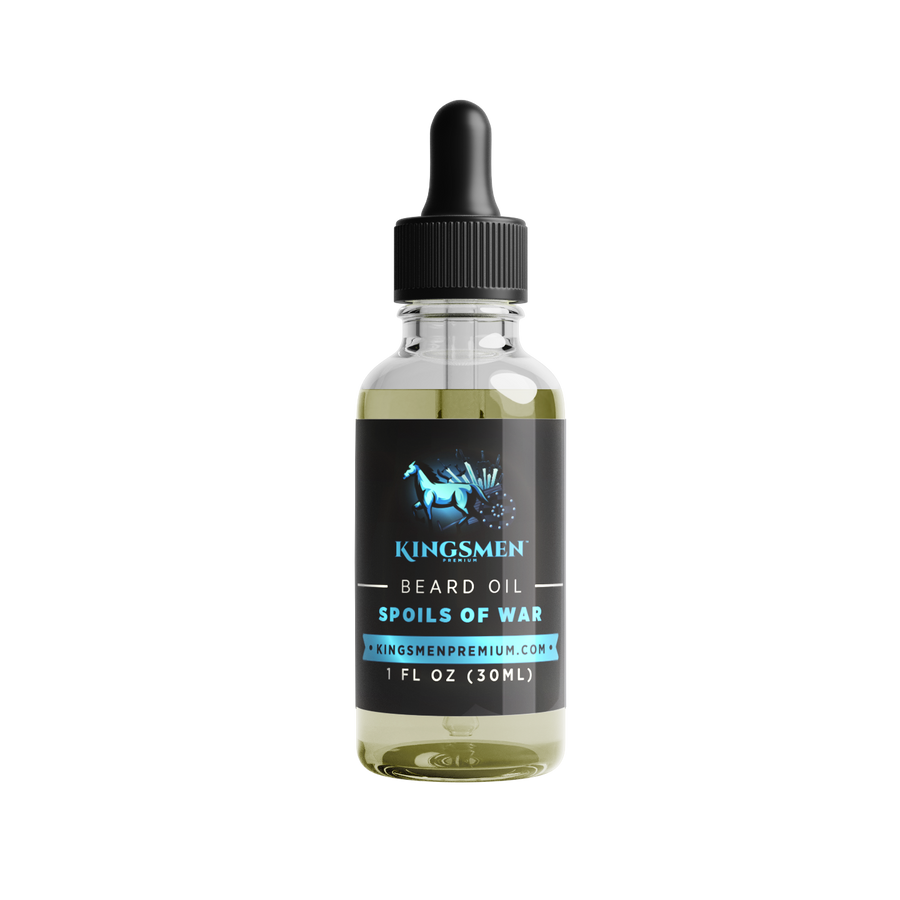

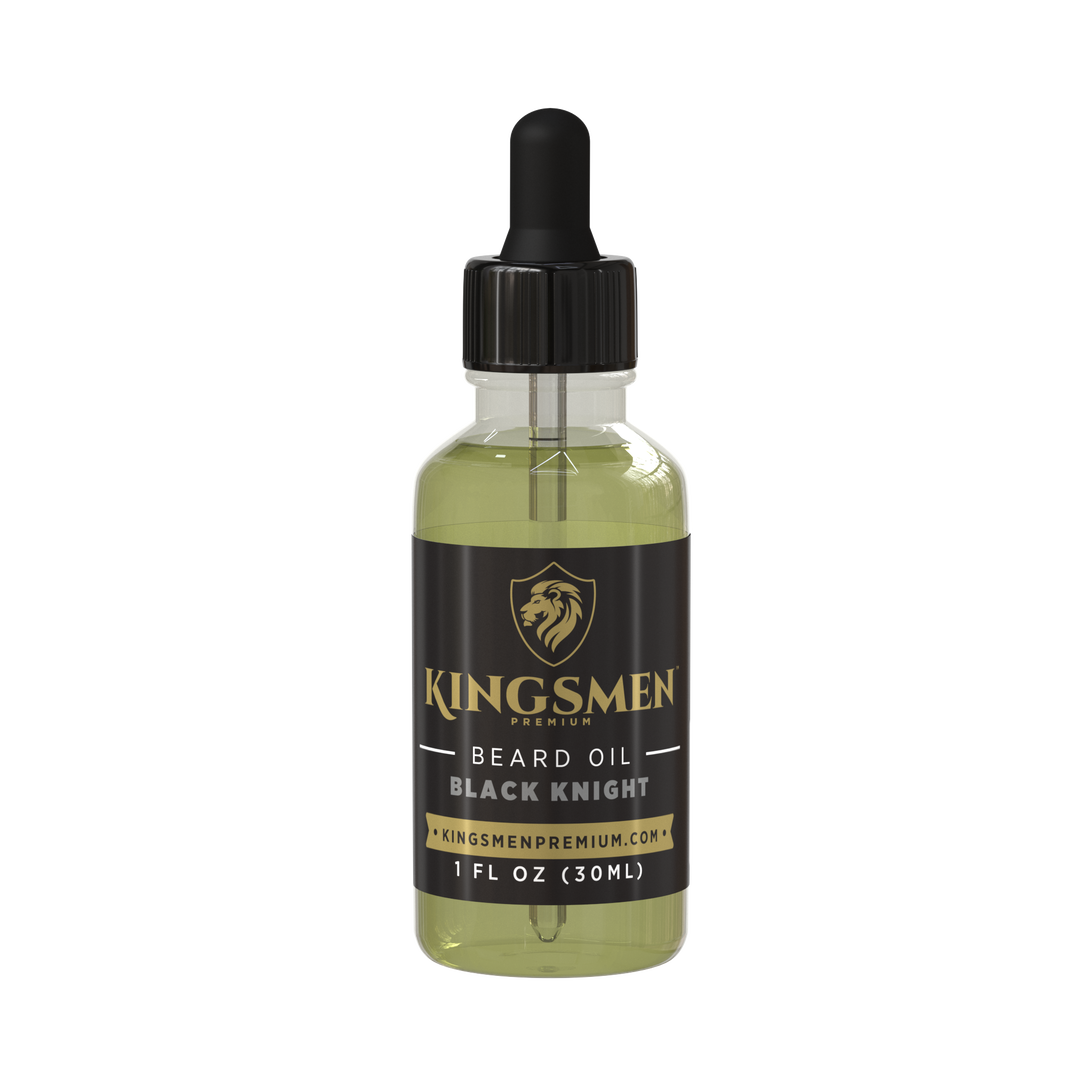
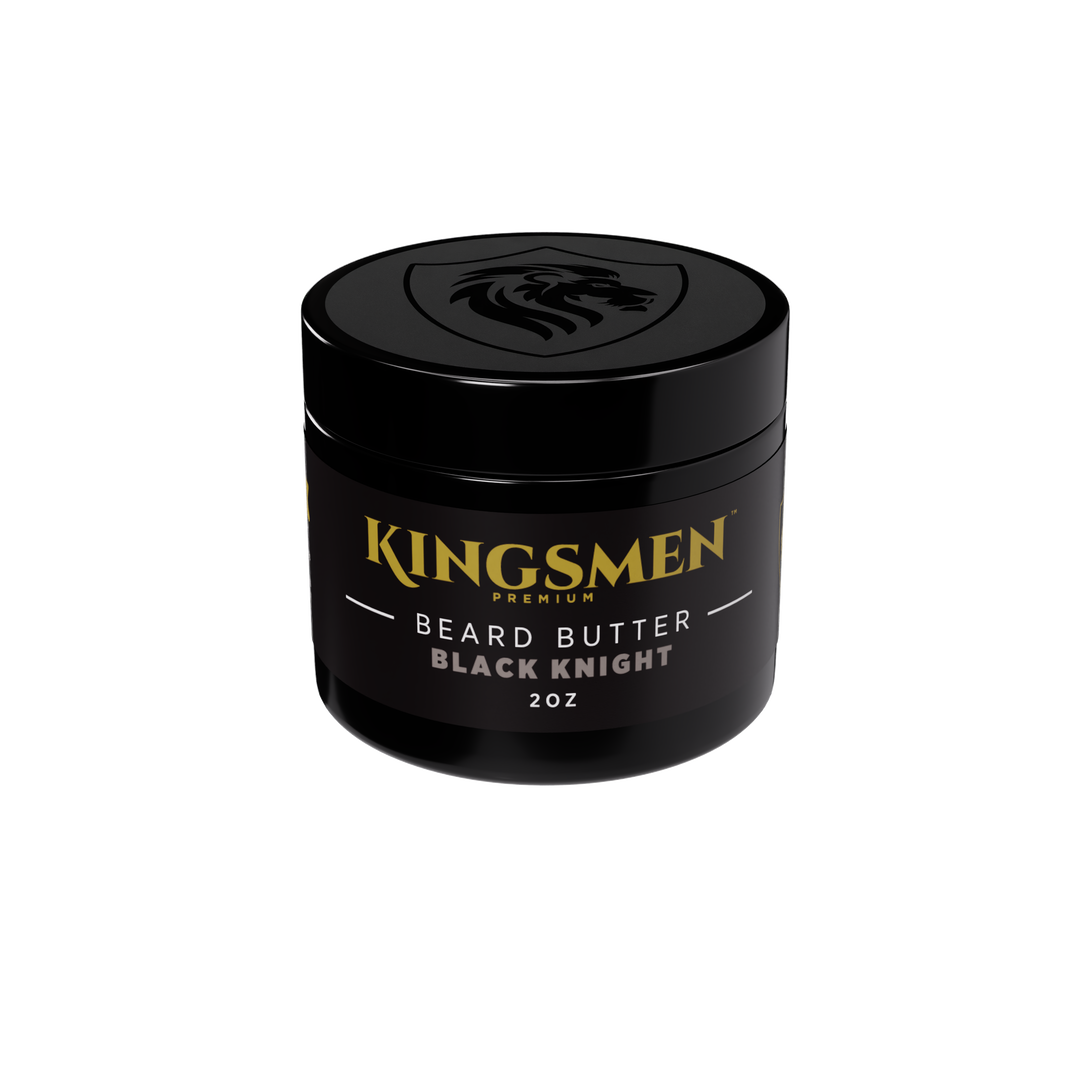
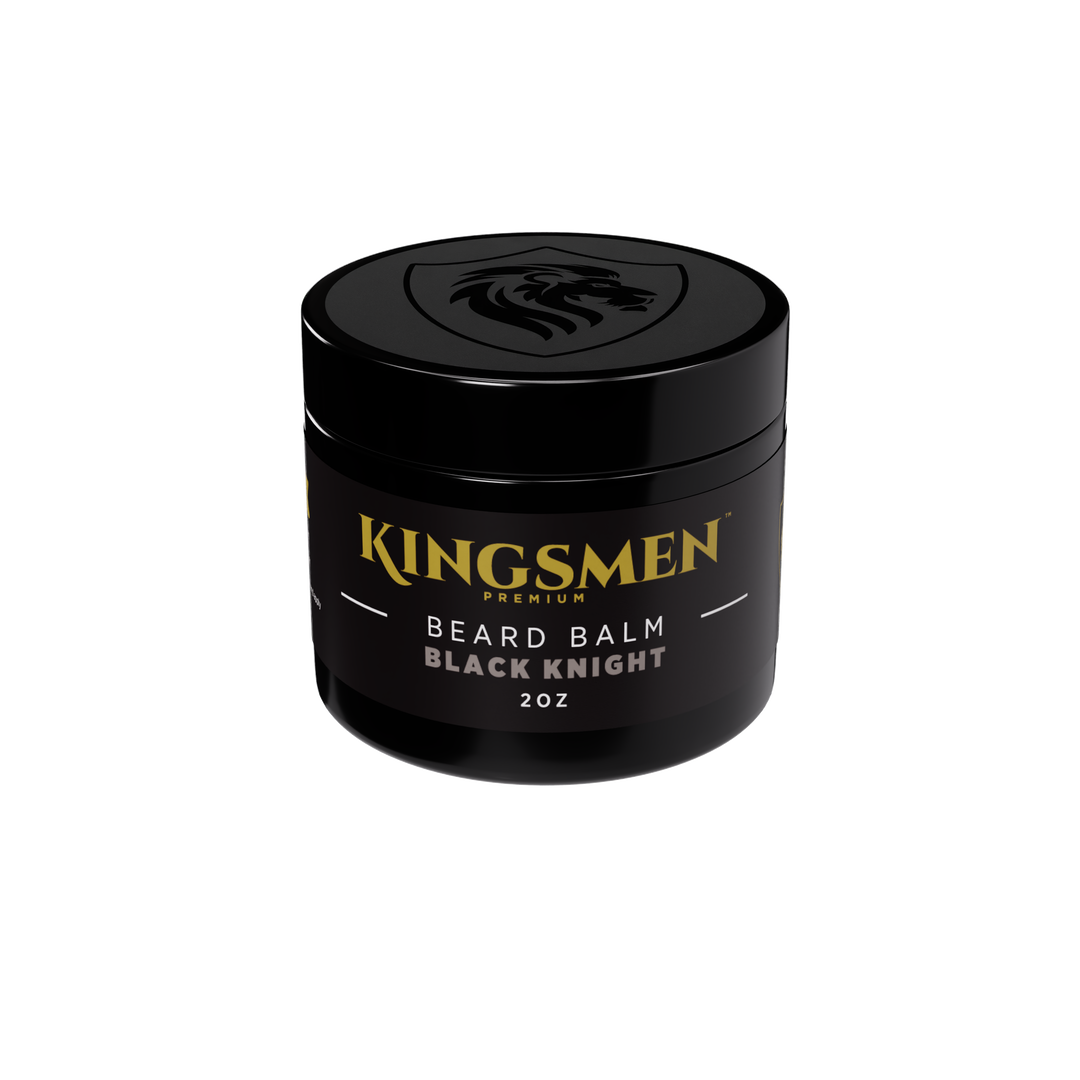
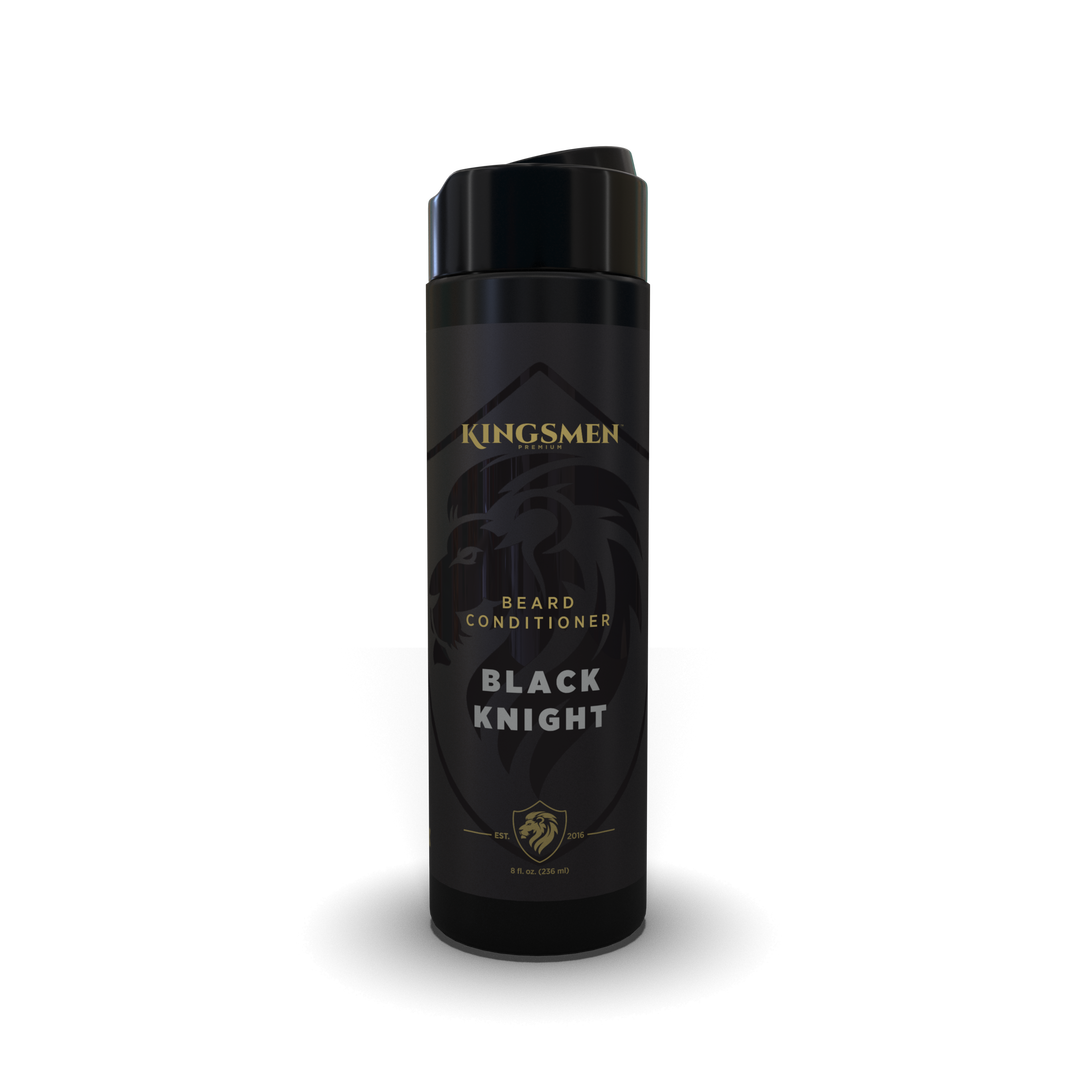

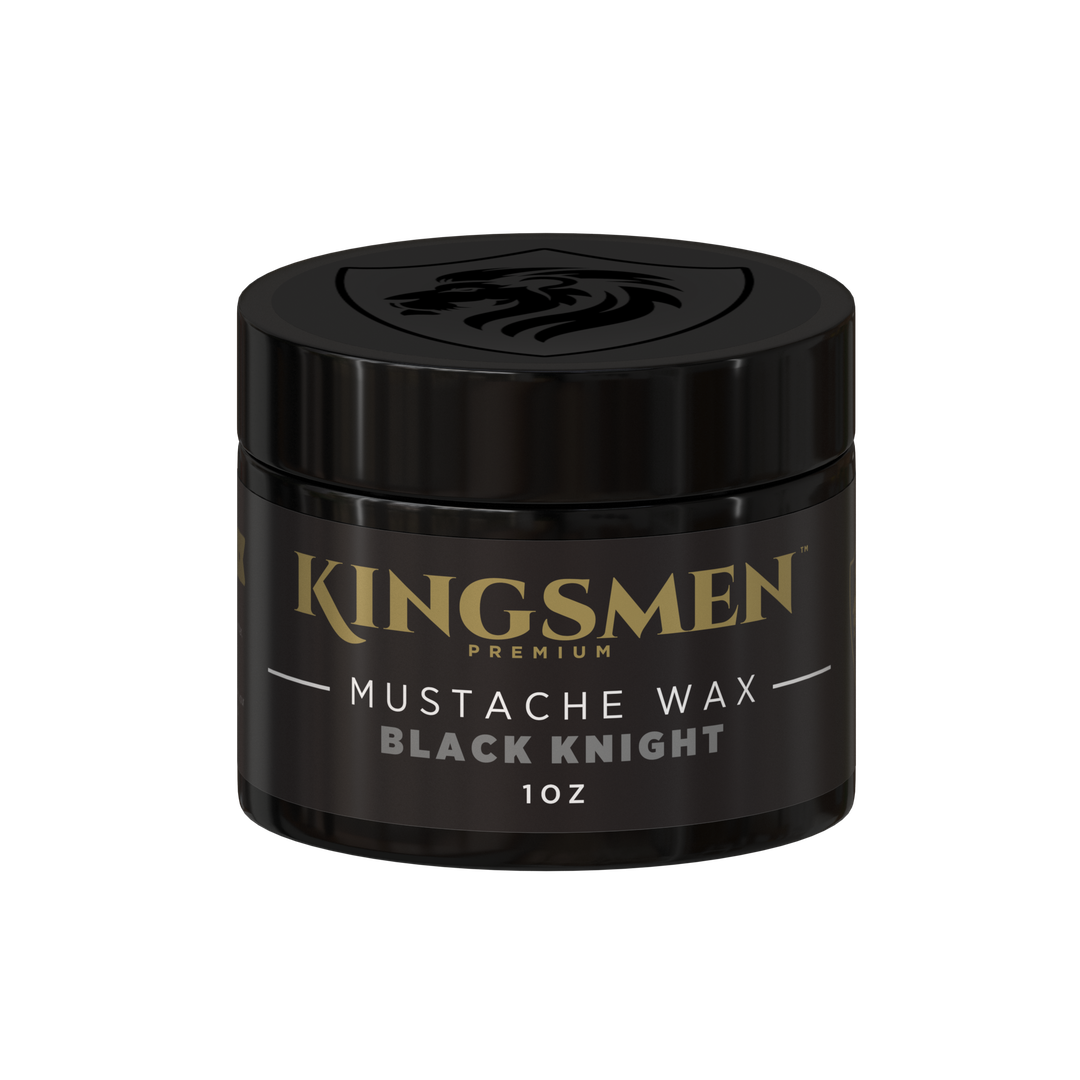
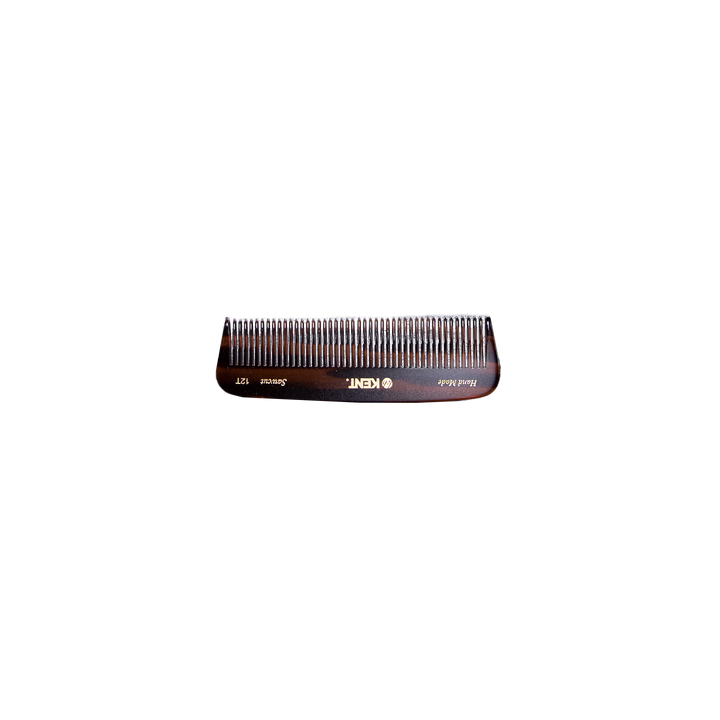
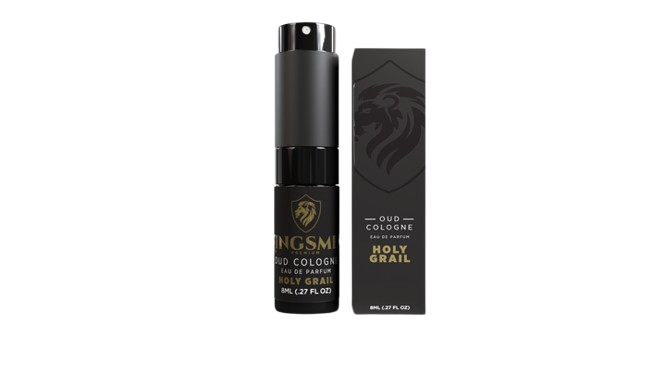
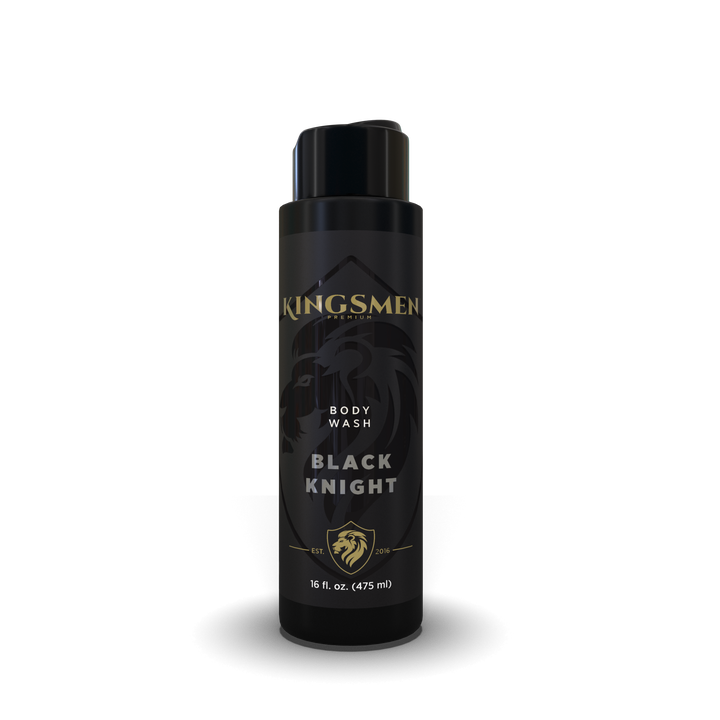
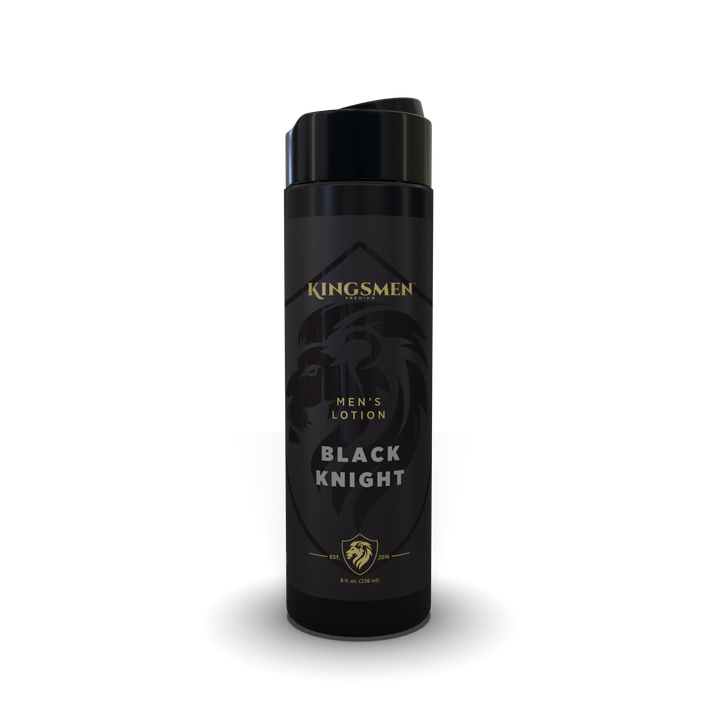
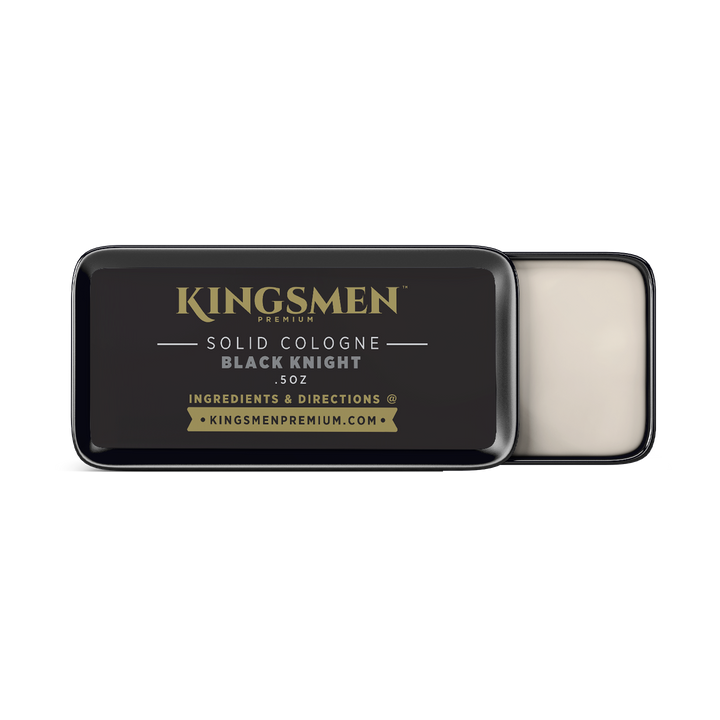

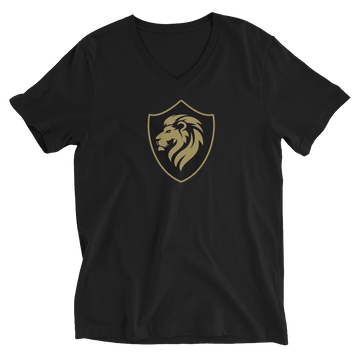
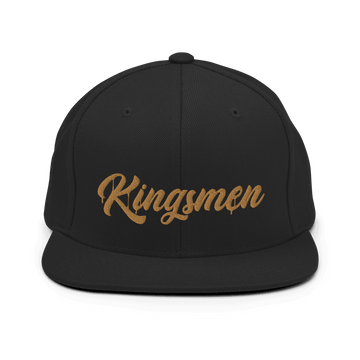

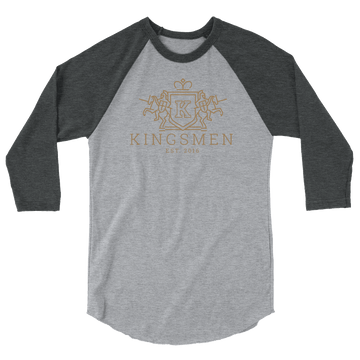

 VERIFIED BUYER
VERIFIED BUYER
 Monthly Scent Program
Monthly Scent Program
 Beard Care Kits
Beard Care Kits
 Beard Oil
Beard Oil
 Beard Butter
Beard Butter
 Beard Balm
Beard Balm
 Beard Conditioner
Beard Conditioner
 Beard Wash
Beard Wash
 Mustache Wax
Mustache Wax
 Kent Combs and Brushes
Kent Combs and Brushes
 Holy Grail Oud Spray Cologne
Holy Grail Oud Spray Cologne
 Body Wash for Men
Body Wash for Men
 Men's Lotion
Men's Lotion
 Solid Cologne
Solid Cologne
 Gift Ideas
Gift Ideas
 T-Shirts
T-Shirts
 Hats
Hats
 Hoodies
Hoodies
 Long Sleeves
Long Sleeves
 Accessories
Accessories






